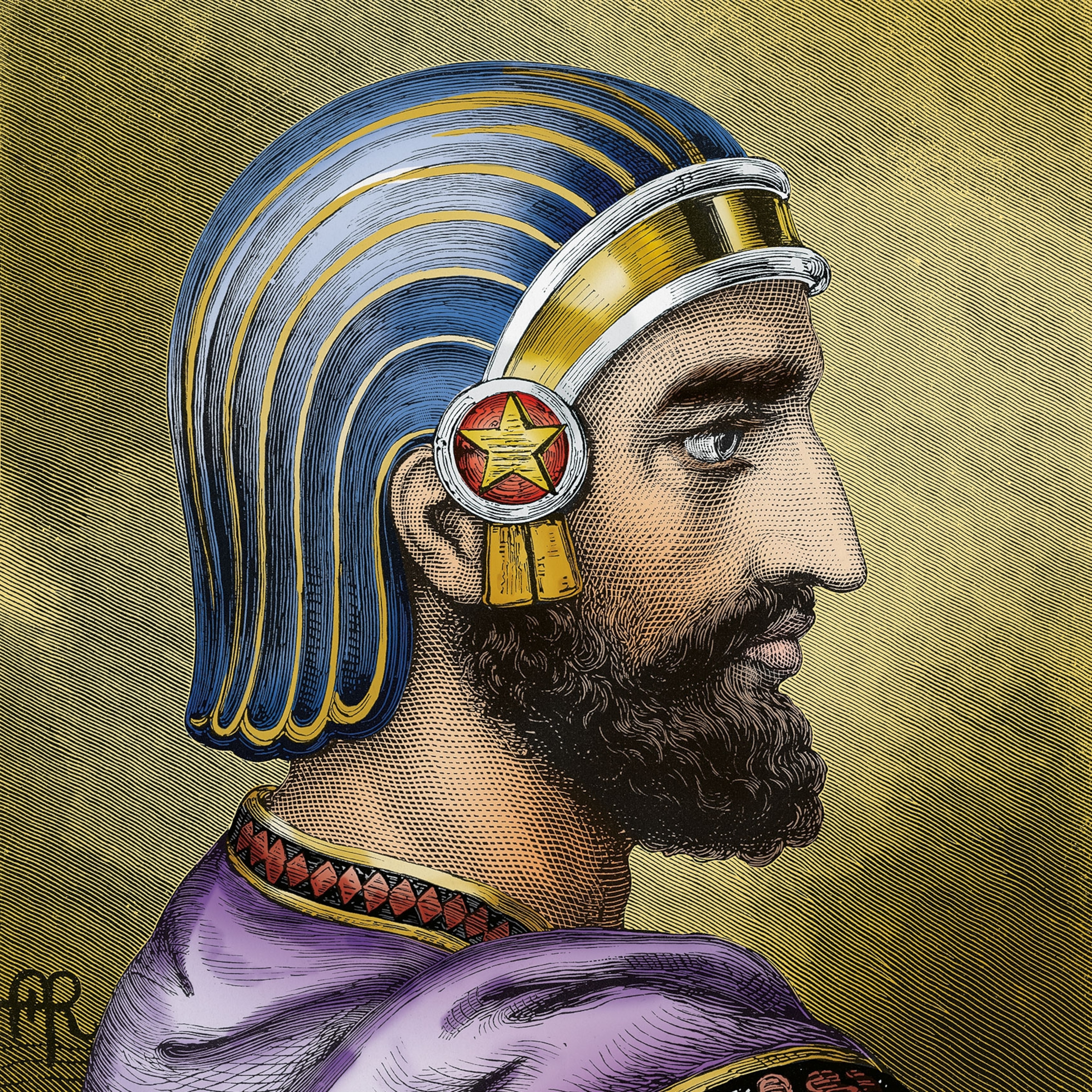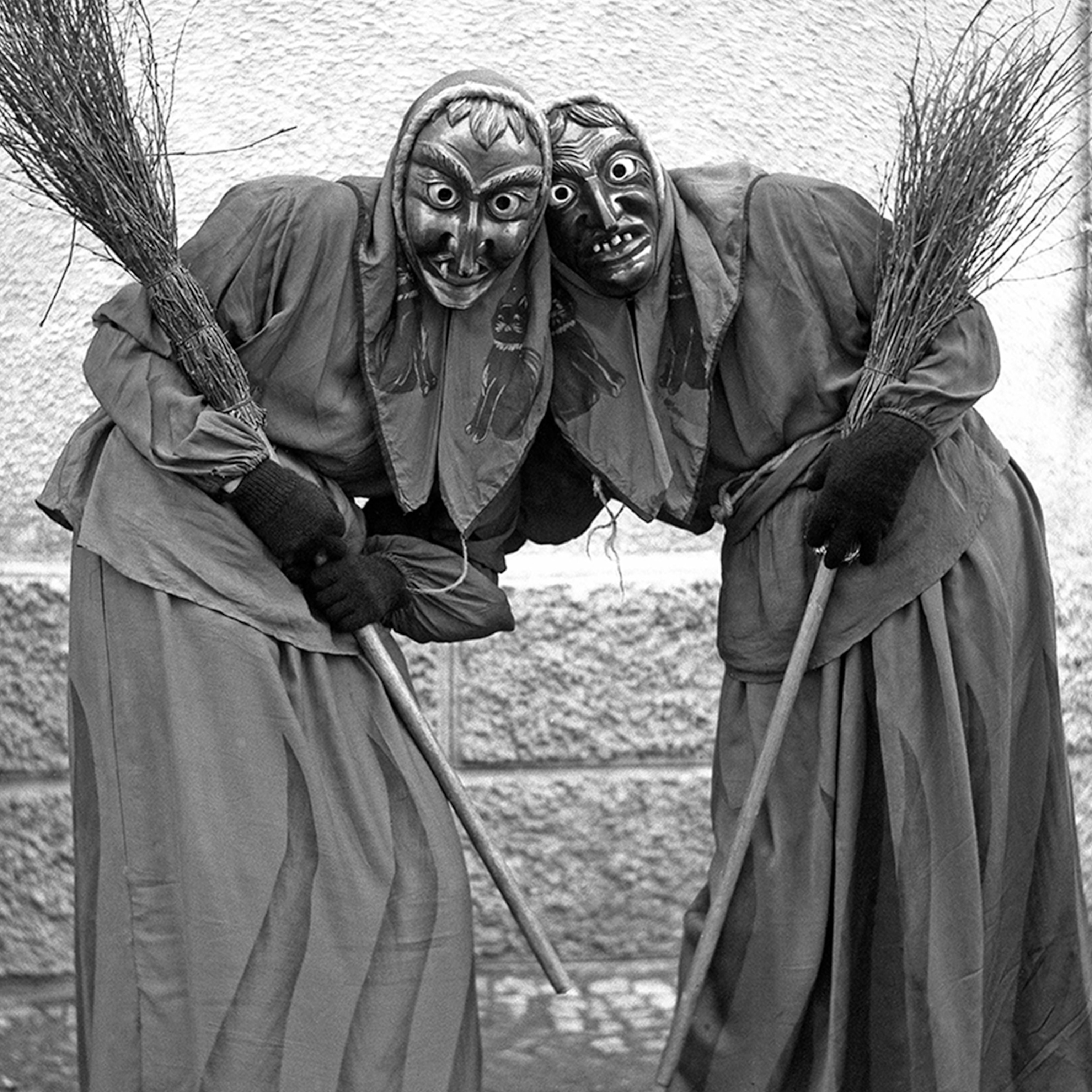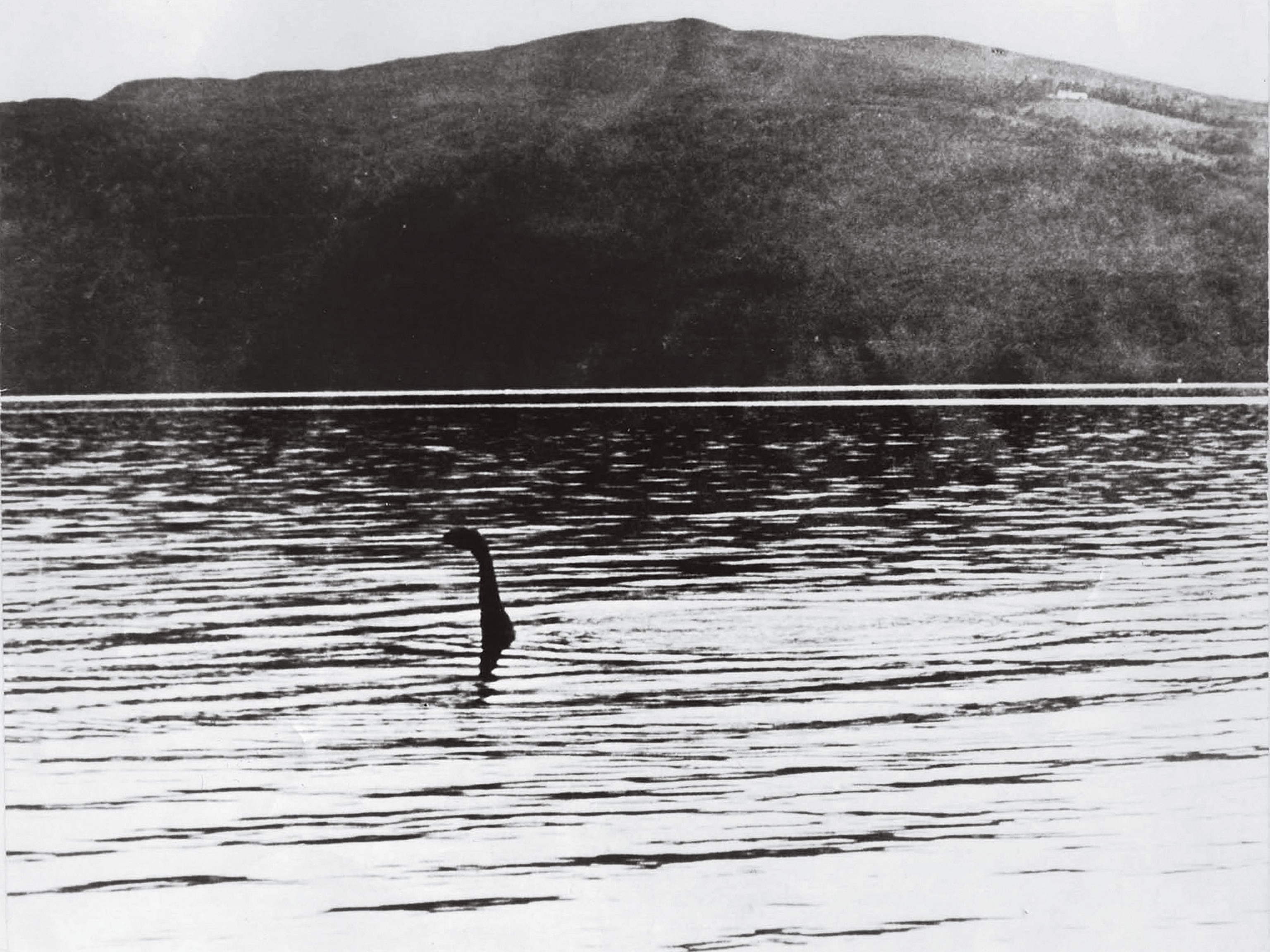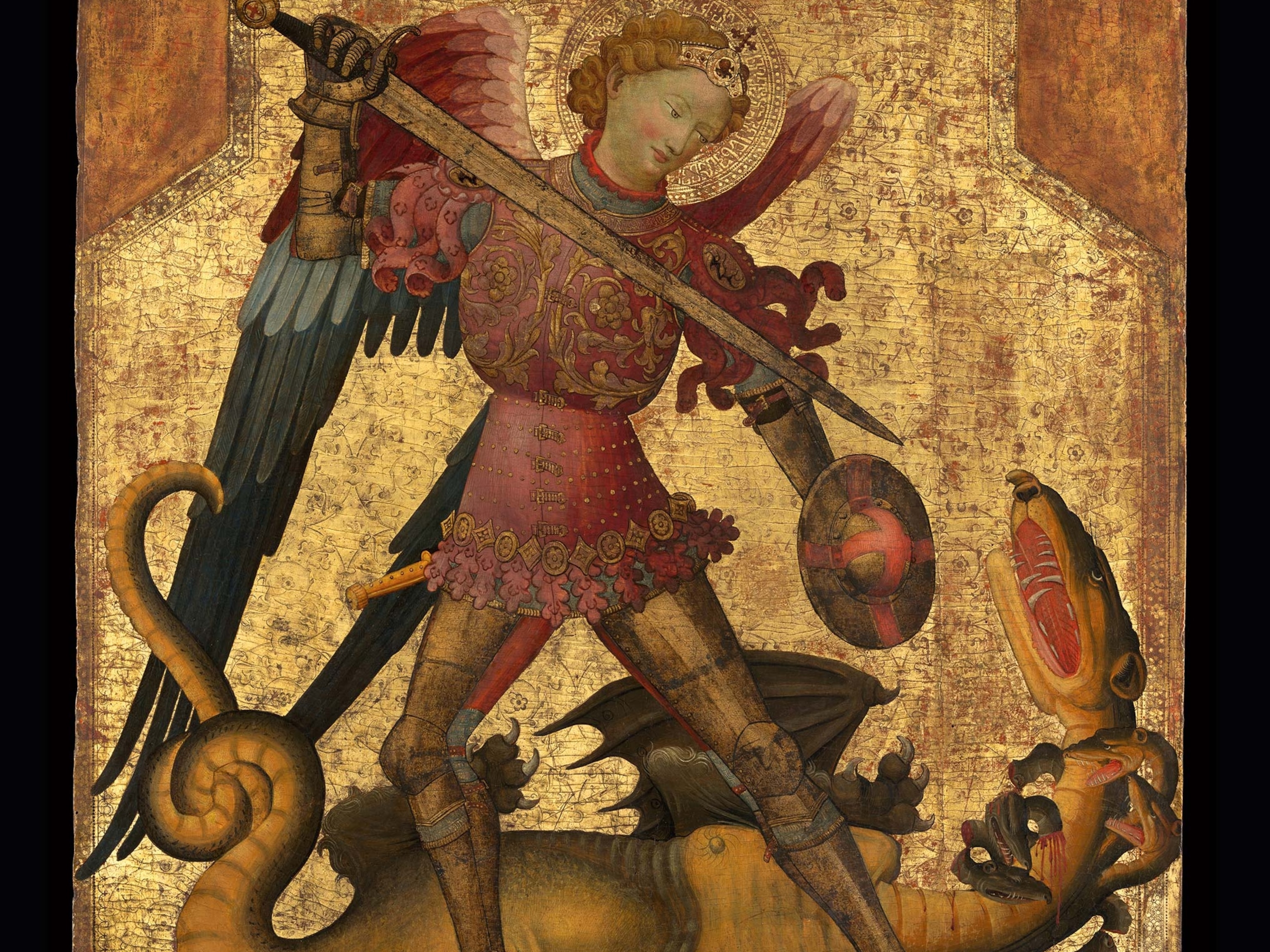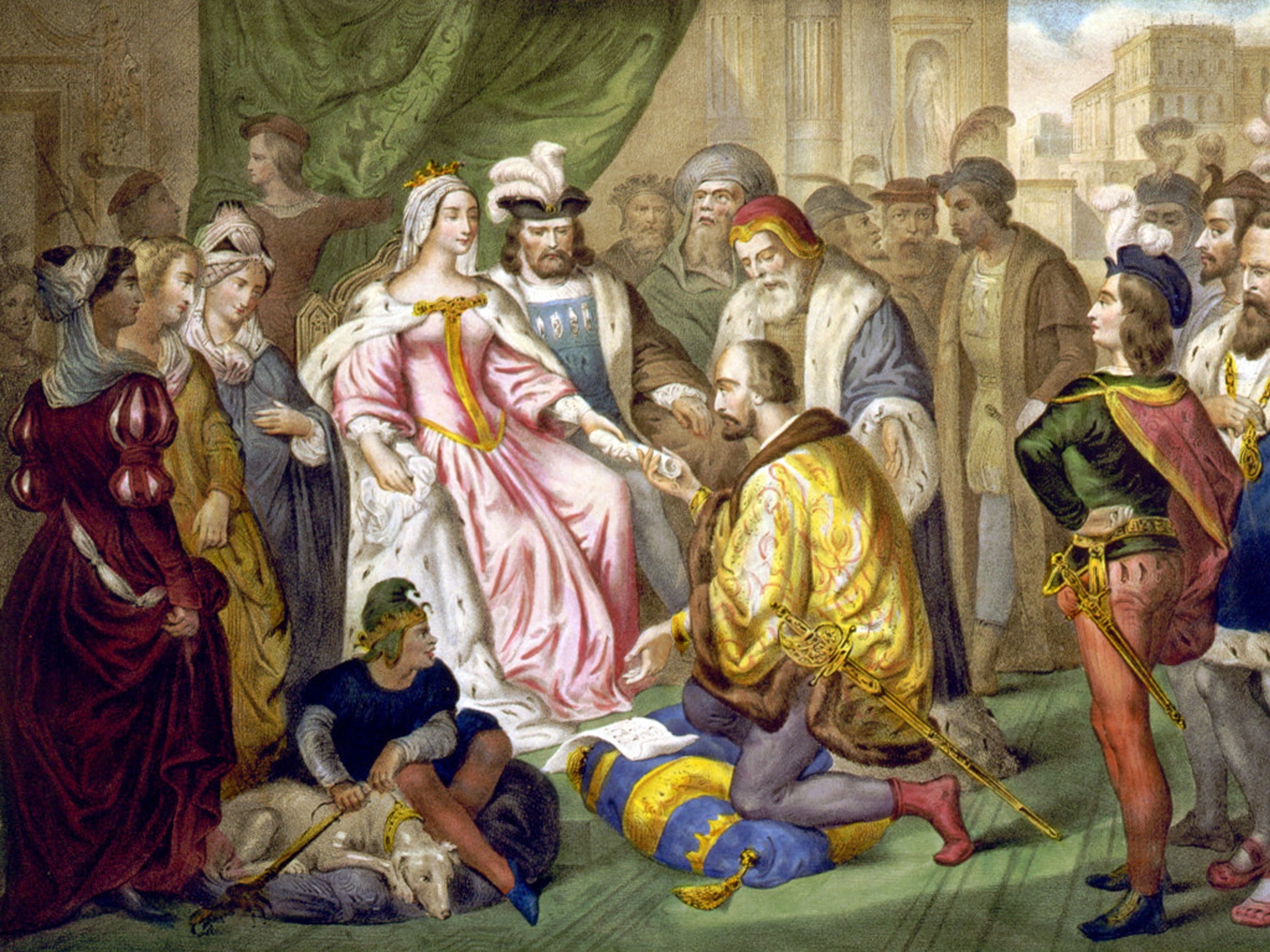These 5 leaders' achievements were legendary. But did they even happen?
Fact and fiction blur in the histories of these celebrated chieftains, queens, and fighters.
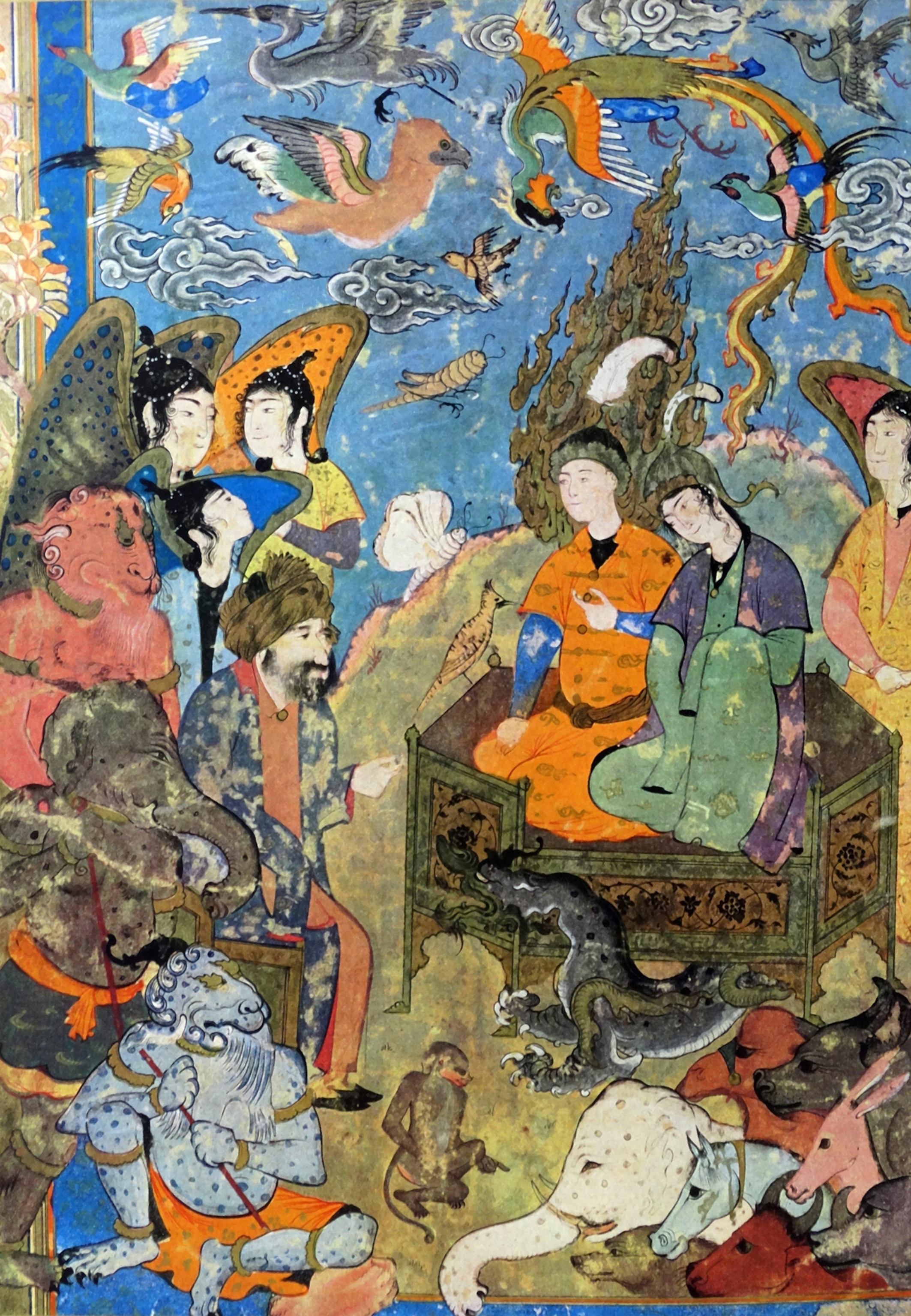
Many leaders throughout history have taken on larger-than-life status. For example, Quetzalcoatl in the Valley of Mexico abolished human sacrifice, a controversial move in ancient Mesoamerican society. The Queen of Sheba tested King Solomon’s wisdom and gifted him jewels and camels. And Shaka Zulu dominated southern Africa in a murderous quest.
And yet, history does not always offer the purest of records, especially when oral histories come into play, and questions remain. Was Quetzalcoatl a man, a god, or both? Who exactly was the Queen of Sheba? Was Shaka Zulu truly that bloodthirsty? Here’s a deeper look at five of history’s most legendary leaders and an attempt to whittle the truth from fiction.
Good King Wenceslas
The countless carolers who know him from the song “Good King Wenceslas” might be surprised to learn that Wenceslas was a real person. Duke Wenceslas I (Václav in Czech) of Bohemia was born around 907 in what is now the Czech Republic. His father was a Christian, but his mother, Drahomíra, came from a pagan background. When Wenceslas was 13, his father died, and he passed into the care of his grandmother Ludmila, also a Christian. Drahomíra had Ludmila killed but was unable to shake Wenceslas from his Christian beliefs.
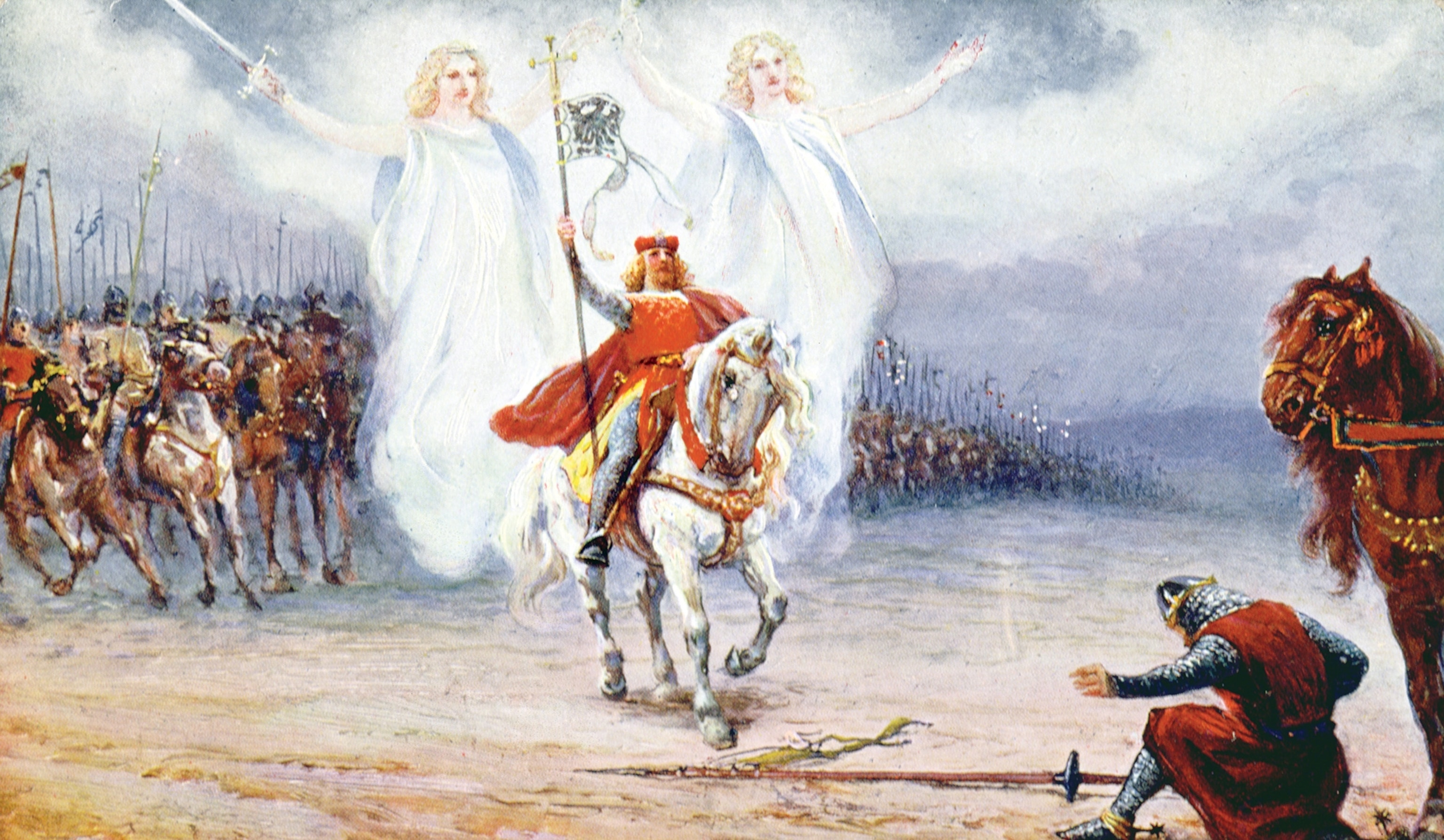
As a ruler, Wenceslas became known as a peacemaker and promoter of Christianity. Catholic tradition says that two angels formed his bodyguard. Stories arose of his charity toward orphans, widows, and prisoners. In 935, his jealous brother Boleslav (later known as Boleslav the Cruel) had him assassinated.
Wenceslas was canonized upon his death and posthumously declared a king. Today, he is the patron saint of the Czech state. Legend has it that in a time of need, his equestrian statue in Prague will come to life and raise a sleeping army to defeat the country’s enemies.
(Why historians disagree about the origins of Boxing Day, the post-Christmas British holiday.)
Quetzalcoatl
Was he a man or a god? Aztec stories of a heroic ancestor, the Toltec ruler Ce Acatl Topitzin, or Quetzalcoatl, circulated around the 10th to 12th-centuries in the Valley of Mexico. He was a feathered serpent god who invented the calendar and brought the cultivation of maize and the study of astronomy to Mexico, though his most revolutionary move was to outlaw human sacrifice, an integral part of the Mesoamerican culture. Ultimately, other religious leaders—or perhaps the god (his brother) Texcatlipoca—chased him to the coast of the “divine water” (Atlantic Ocean), where he either burned himself alive or sailed off on a raft made of serpents. Some say he even moved to Chichen Itza on the Yucatan Peninsula.

This vignette describes a legend, but it's possible, based on Toltec and Maya accounts, that Quetzalcoatl was a real man who founded the Toltec civilization. And here’s where the truth blends with fiction. Possibly that the historical Ce Acatl Topitzin was deified into Quetzalcoatl the god. Or maybe the man took on the mantle of the already existing deity.
And there’s more to the story. After the Spanish conquest of the Aztecs in the 16th century, Spanish history claimed the Aztecs believed their leader, Hernán Cortés, to be Quetzalcoatl himself, returned from over the sea. Historians now think that these histories were embroidered to show Aztec gullibility. Whatever the case, Quetzalcoatl remains an iconic figure to many contemporary Mexicans.
(The history of cocoa, which the Aztec believed was a physical manifestation of Quetzalcoatl.)
Queen of Sheba
One of the most intriguing figures in the Old Testament, the Queen of Sheba figures in an array of Jewish, Christian, and Islamic tales. In the Old Testament text, the queen hears of King Solomon’s fame and travels to see him “with a very large retinue, with camels carrying spices and very much gold and precious stones.” She tests Solomon’s wisdom with questions and rewards him with her treasures. Later stories are more colorful. In some, Solomon has heard that the queen has one hairy, goatlike leg, and so he has his floors polished to a reflective shine. As she walks across the floor, the queen’s hirsute leg is revealed.
(In search of the real Queen of Sheba.)
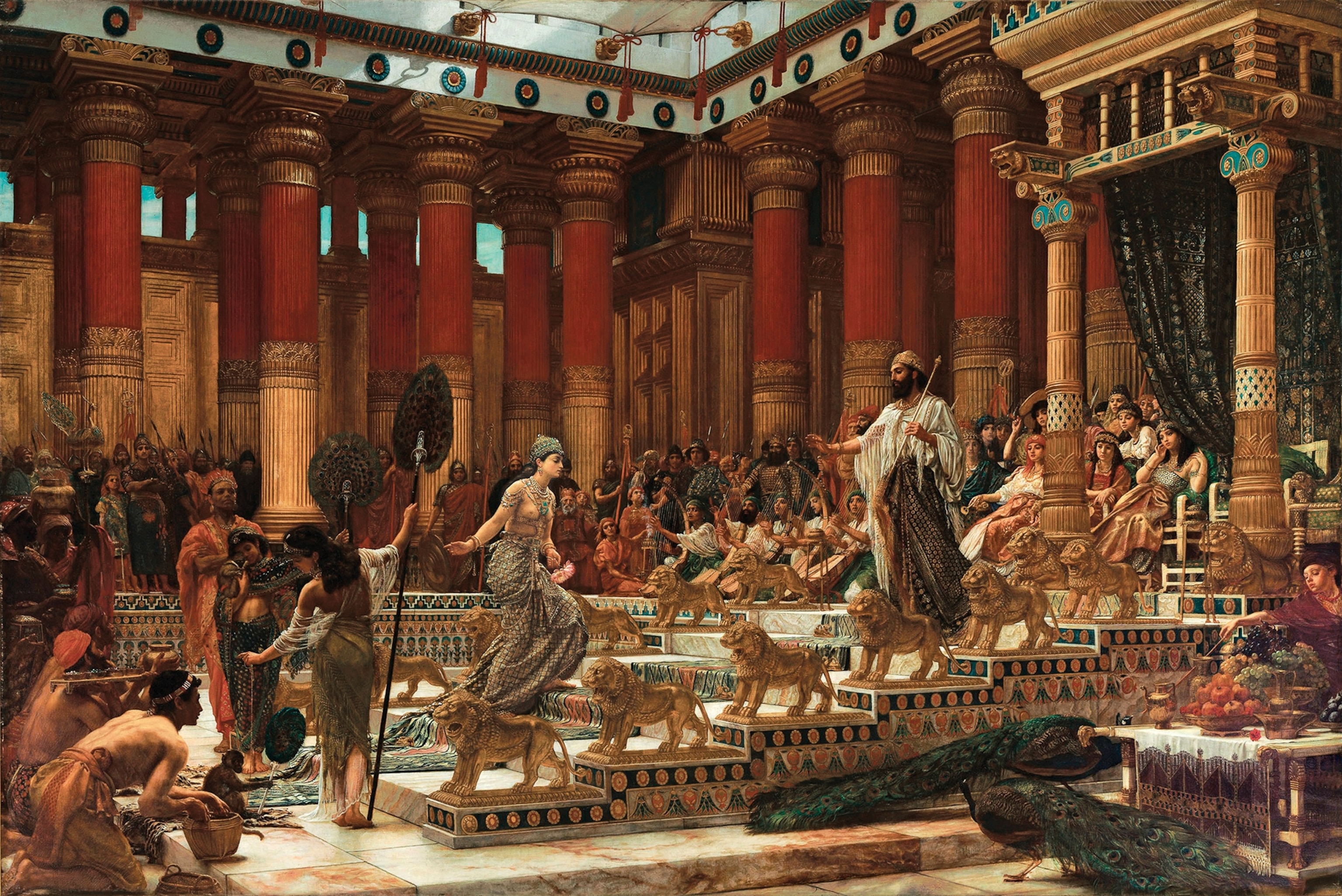
Historians can’t confirm this queen’s existence, but many link the name “Sheba” to the kingdom of Saba in what is now Yemen. The spices the queen brought to Solomon could have been grown there, and indeed camels traveled those trade routes in the first millennium B.C. However, the stories are so old and embellished that the truth may never be known.
(Where did the Queen of Sheba rule—Arabia or Africa?)
Shaka Zulu
Whether the 19th-century Zulu ruler Shaka was a great leader or a madman—or both—is a matter of dispute. The standard telling of Shaka’s life begins with his illegitimate birth. Bullied as a boy, Shaka gained a reputation as a ruthless fighter and smart tactician. He taught his warriors to use a short spear, the iklwa, and heavy shields, which allowed them to fight nearly face-to-face with the enemy.
In the 1820s, Shaka conquered neighboring chieftains throughout southeastern Africa to create a vast Zulu kingdom with himself at the head. Along the way, he killed and dispossessed thousands in a diaspora known as the Mfecane. He also became increasingly brutal. The story goes that when his mother died, he ordered the deaths of thousands of his followers so their families could grieve as well; even cows, it was said, were killed so that their calves would suffer. In 1828, Shaka’s half-brothers assassinated him.
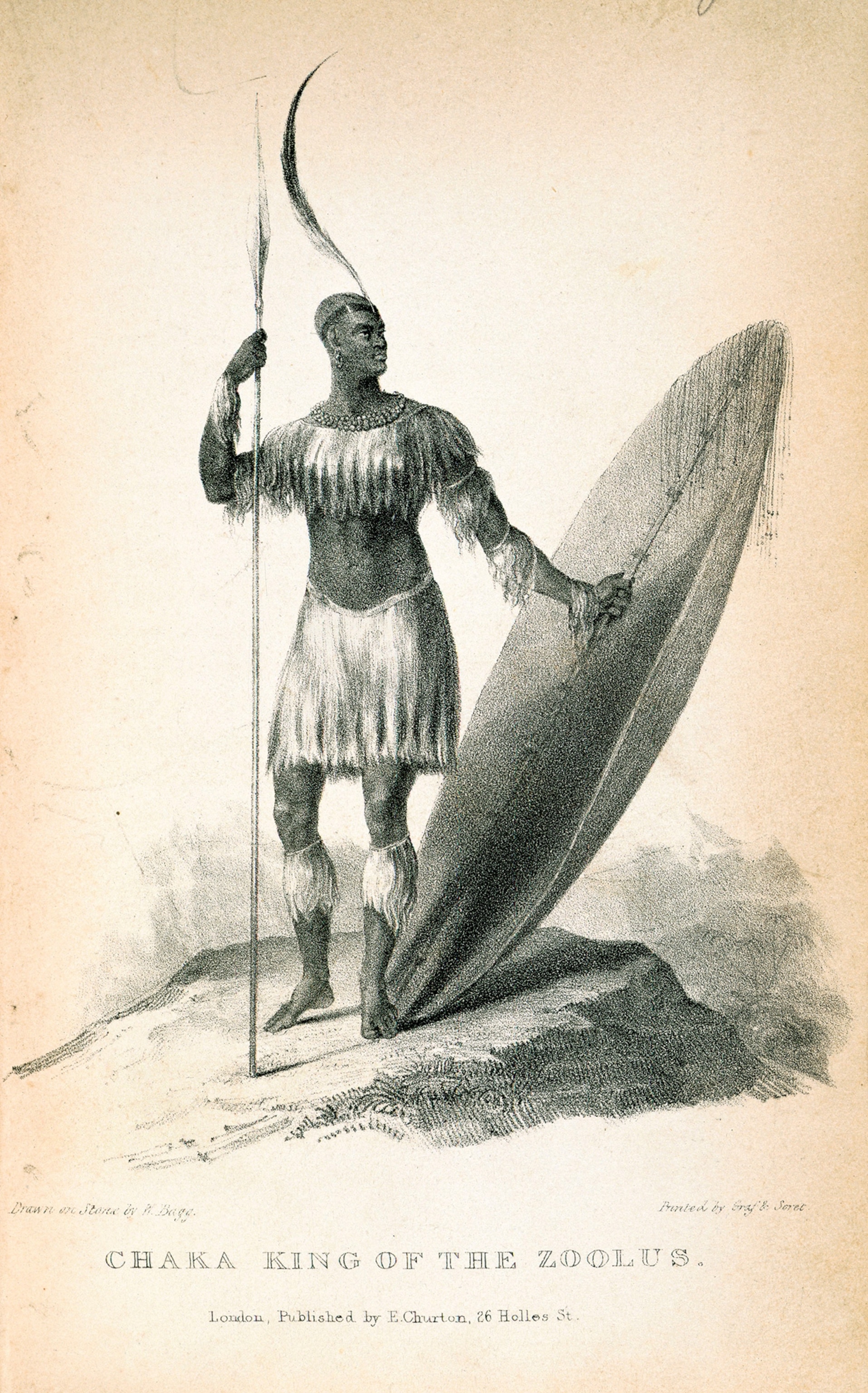
It’s unclear if Shaka was truly as murderous as stories portray. European writers were encouraged to portray him as bloodthirsty, and details of his upbringing can’t be confirmed. However, his lasting influence in reshaping the population of southern African nations cannot be denied.
(A look at apartheid's effects on the Zulu from our archives.)
Tecumseh
Visionary Shawnee chief Tecumseh fought a lifelong battle against the U.S. takeover of American Indian lands and ultimately lost. Along the way, he and his brother Tenskwatawa (“The Prophet”) gained a reputation for spiritual power and the ability to see the future.
Born in 1768 in what is now Ohio, Tecumseh was a warrior and noted orator who suffered at the hands of American soldiers as they burned one home after another in their move West. He traveled throughout the East to rally other American Indian nations to the cause of resistance and gathered tribes together in a community known as Prophetstown.
In 1811, Tecumseh reputedly predicted the devastating New Madrid earthquake that occurred later that year, saying, “The Great Spirit is angry with our enemies; he speaks in thunder, and the Earth swallows up villages and drinks up the Mississippi.” (During the earthquake, the river ran backward.) He also told his followers that the Great Comet of 1811 was a sign of good luck: The name Tecumseh means “shooting star.” Despite these omens, Tecumseh’s federation was ultimately defeated by U.S. forces during the War of 1812, and the Shawnee leader was killed in battle in 1813.
(Indigenous fathers take lessons from their own experience for their children.)

No one knows for sure who killed him. Richard M. Johnson’s claim earned him the vice presidency in 1836. But Tecumseh did no interviews nor left behind any journals or letters. Wild tales fill in the gaps of reality, including one story about his courtship of a blond, blue-eyed daughter of an American Indian fighter. Another asserted his great-grandfather was South Carolina’s governor.
To learn more, check out Mysteries of History. Available wherever books and magazines are sold.

